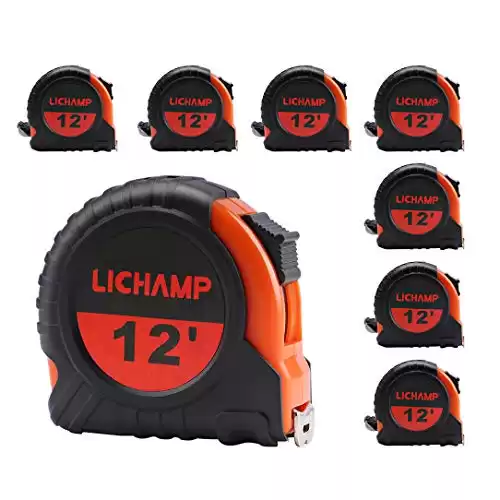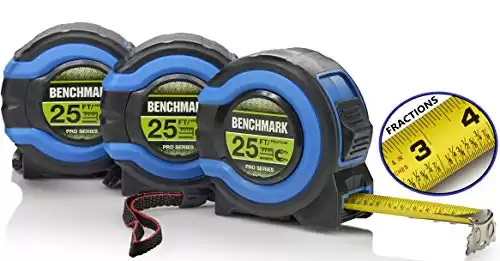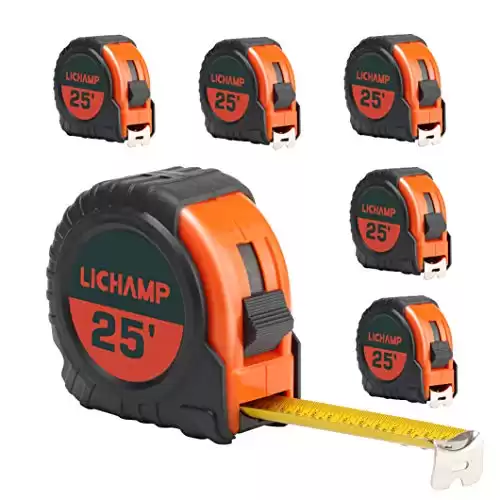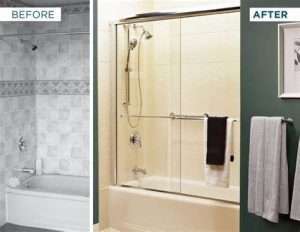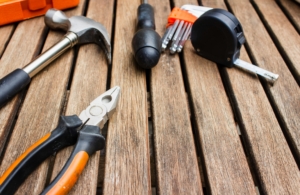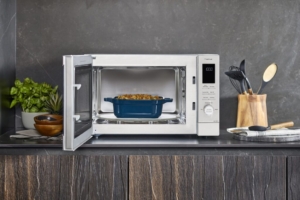7 Essential Tips for Choosing the
Right Tape Measure for Your DIY Projects
Choosing the right tape measure for your DIY projects to ensure accurate measurements and successful outcomes. With so many options available on the market, it can be overwhelming to decide which one to purchase. To help you make an informed decision, here are 7 essential tips to consider when selecting a tape measure.
Tip 1: Consider the Length and Width
The length and width of a tape measure are important factors to keep in mind. Longer tape measures, such as those measuring 25 feet or more, are ideal for larger projects or when working on construction sites. On the other hand, shorter tape measures ranging from 12 to 16 feet are more suitable for smaller tasks or indoor projects. Also pay attention to the width of the tape, as wider tapes are easier to read and provide better stability.
Tip 2: Look for Durability and Quality
Durability is important when it comes to tape measures, especially if you plan to use them frequently. Look for tape measures made from high-quality materials like steel or fiberglass, as they are more resistant to wear and tear. Consider models with rubberized casings that offer better grip and protection against accidental drops.
Tip 3: Check the Measurement Units
Ensure that the tape measure displays measurements in the units you are most comfortable with. While most tape measures feature both imperial (inches/feet) and metric units, it’s essential to double-check before making a purchase. Having a tape measure that displays measurements in the units you are most familiar with will make your DIY projects much easier and more efficient.
Tip 4: Evaluate the Locking Mechanism
A reliable locking mechanism is vital to keep the tape measure in place when taking measurements. Look for a tape measure with a sturdy and easy-to-use locking mechanism that holds the tape securely. A loose or faulty lock can lead to inaccurate measurements and frustration during your projects.
Tip 5: Consider Additional Features
Some tape measures come with additional features that can be helpful for specific tasks. Features like magnetic tips, self-marking capabilities, or built-in levels can make your DIY projects more convenient and efficient. Consider your specific needs and choose a tape measure that offers the features that will benefit your projects the most.
Tip 6: Test the Retraction
The retraction mechanism of a tape measure is an essential aspect to consider. A tape measure with a smooth and controlled retraction ensures ease of use and prevents accidents. Avoid tape measures with weak or jerky retractions, as they may cause injuries or inaccurate measurements.
Tip 7: Read Reviews and Compare Brands
Before making a final decision, take the time to read reviews and compare different tape measure brands. Real user experiences can provide valuable insights into the durability, accuracy, and overall quality of a tape measure. Comparing prices and features can help you find the best value for your money.
|
$20.49
|
N/A
|
$29.99
|
FAQs About Choosing the Right Tape Measure:
1. Q: What factors should I consider when choosing a tape measure? A: Consider the tape measure’s length, material, durability, standout length, and measurement units. Think about whether you need additional features like a locking mechanism or a magnetic tip.
2. Q: What’s the ideal tape measure length for general household use? A: For general tasks, a tape measure between 25 to 30 feet is usually sufficient. This range covers most home improvement projects and interior measurements.
3. Q: What’s the difference between steel and fiberglass tape measures? A: Steel tape measures are more durable and resistant to bending, but they can be heavy. Fiberglass tape measures are lightweight and resistant to moisture, making them suitable for outdoor use.
4. Q: Should I prioritize standout length? A: Yes, standout length is important. It refers to how far the tape can extend without collapsing. A longer standout makes it easier to measure alone and in hard-to-reach places.
5. Q: Metric or Imperial measurements – which should I choose? A: Choose based on your region and the measurements you commonly work with. Metric is used internationally, while Imperial is prevalent in the United States and some other countries.
6. Q: Do I need a tape measure with both metric and imperial units? A: It’s beneficial to have a tape measure with dual units if you often work with measurements from different systems, as it eliminates the need for conversions.
7. Q: Are there tape measures with specialty markings for specific tasks? A: Yes, some tape measures have markings for tasks like center finding, stud spacing, and angle measurements. These can be handy for specialized projects.
8. Q: How important is the tape measure’s locking mechanism? A: A reliable locking mechanism prevents the tape from retracting while you’re measuring, ensuring accurate results. Look for a locking mechanism that’s easy to engage and disengage.
9. Q: What about a magnetic tip? Is that necessary? A: A magnetic tip can be useful when working with metal surfaces, as it holds the tape in place. However, it’s not essential for all tasks and depends on your specific needs.
10. Q: Is investing in a high-quality tape measure worth it? A: Investing in a high-quality tape measure often pays off in the long run. Quality tape measures are more accurate, durable, and reliable, providing accurate measurements and lasting through numerous projects.
In conclusion, selecting the right tape measure for your DIY projects requires careful consideration. Remember to consider the length and width, durability, measurement units, locking mechanism, additional features, retraction, and read reviews.


